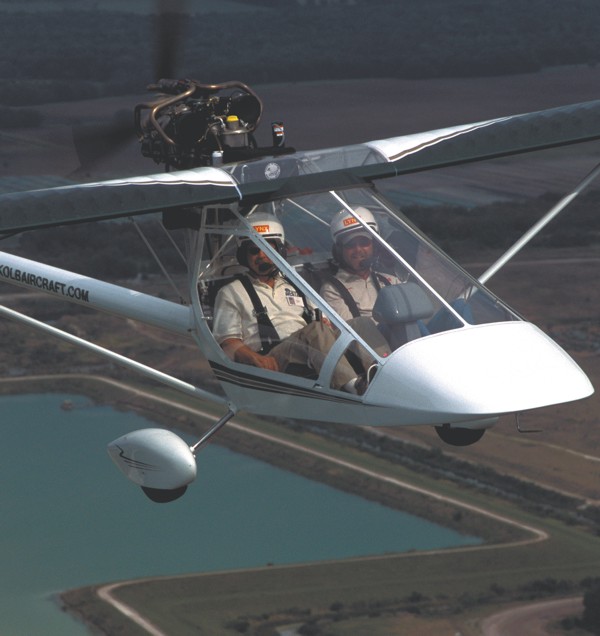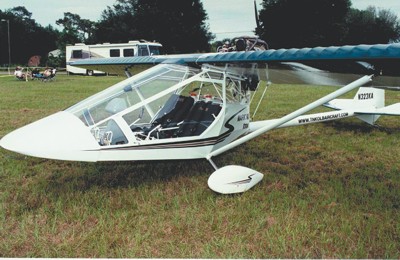
“Xtra” - a word to make a computer spell-checker stumble – is an appropriate name for this month’s pilot’s report, The New Kolb Aircraft Company Mark III Xtra side-by-side 2-seater. It literally offers extra in several ways pilots will like. The venerable Mark III has been through a series of changes since original company founder Homer Kolb first brought out a 2-seater called the TwinStar. The latest change does a lot to alter the appearance of the older design. Kolb designs have narrow noses like a lot of other designs. The new Xtra presents a clean edge cutting through the air, but it now has a wider look – at least from head-on – that imparts a new feel to the occupants. Some will say the “Xtra” comes from “Extra-Wide.” With its bulging doors, the new cabin is 45 inches wide (42.5 at the hips). Although the design will look bigger and heavier to some, the new shape is one you’ll come to like… if you have a seat.











